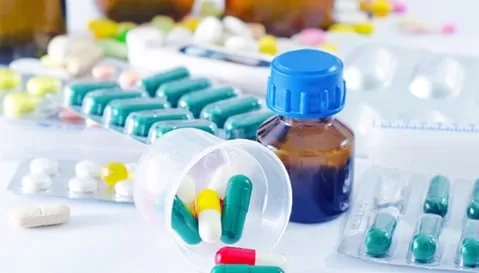In a groundbreaking discovery, researchers at McGill University have unveiled a safer and more efficient method for testing new drugs during their development phase. This innovative approach could potentially accelerate drug development processes while minimizing risks associated with conventional testing methods.
The research, led by Bruce A. Arndtsen, a James McGill Professor in the Department of Chemistry, introduces a streamlined technique for assessing the distribution and fate of drugs in the body. Published recently in Nature Chemistry, the study outlines a novel process that promises to revolutionize drug testing protocols.
“Because this approach is so much more streamlined, it could help accelerate this step in the drug development process and make it less dangerous,” explains Arndtsen.
The traditional method of drug testing involves incorporating a radioactive atom, such as carbon-14, into the drug molecules to track their movement within the body. However, this process is complex, time-consuming, and poses significant safety risks.
“To improve upon this complicated and dangerous process, we developed a new technique that simplifies the incorporation of carbon-14 into drug candidates,” says José Zgheib, a PhD candidate in the Arndtsen Group at McGill University.
The key innovation lies in the use of a catalyst to facilitate the exchange of a carbon atom within the drug with a carbon-14 atom from a similar donor molecule. This single-step process eliminates the need for handling radioactive gases like carbon monoxide or carbon dioxide, making drug testing safer and more efficient.
“By employing a molecular quick switch, we’ve devised a method that significantly streamlines the drug testing process, reducing it from days to just a few hours,” Zgheib adds.
The implications of this research extend far beyond drug development, offering a glimpse into the future of pharmaceutical innovation. The group’s work highlights the potential of metal-catalyzed exchange reactions to directly modify pharmaceuticals, paving the way for safer and more effective drug testing procedures.












